Drawing lines in the digital sand
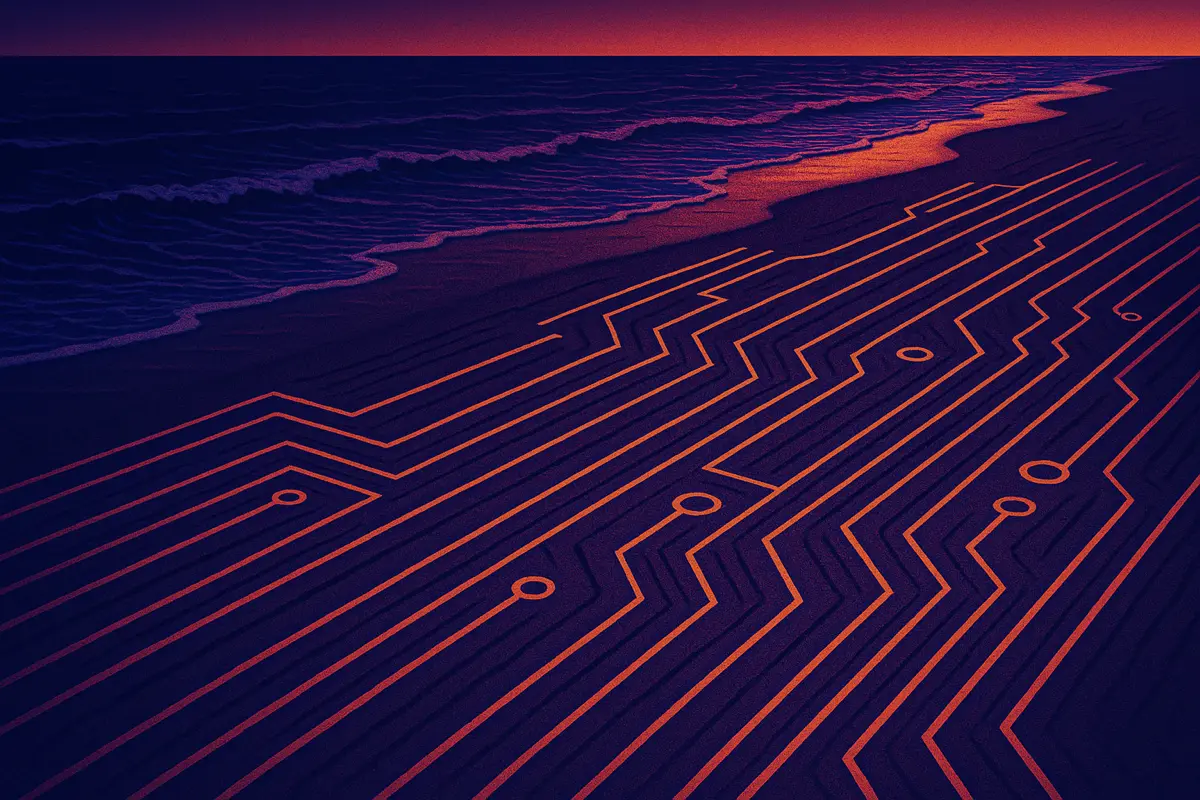
”Silicon is just sand that learned to organise itself into patterns of astonishing indifference to the people using it.” Jaron Lanier
Previously at the Volcano Base I'd been experiencing terrible system design (thanks, Microsoft). Since then I've been trying to do better than that.
Mission Briefing
Drawing lines in the digital sand
Many people think of boundaries as things that emerge at a dinner party. No, you may not bring that hippo indoors. No, I do not want to hear about cryptocurrency again. No, I will not discuss Brexit at this time. But when your work involves building systems, boundaries stop being polite suggestions and start becoming structural reinforcements.
Take this week. Someone reached out for a chat about AI-enhanced reporting. Perfectly reasonable curiosity. Perfectly interesting topic. But, as often happens, the line between a friendly exchange and a consulting session began to blur. I explained that I do advisory calls on an hourly basis. They said they’d think about it, which was entirely fair. The point wasn’t whether they booked the time. The point was that I drew the line clearly, so both of us knew where we stood.
Meanwhile, I had just completed a glorious feat of orchestration: a company-wide operating system overhaul. Automations humming, workflows dancing, new software stitched together with all the delicacy of a Swiss watch operated by caffeinated squirrels. Because of holidays, the system training hadn't happened yet. Instead, some people needed to use elements of the new system straight away and, even after some basic training, had questions. Many questions. Some nothing to do with the system I'd designed.
And so, I drew another line. A wiki now stands as the first line of enquiry. Step-by-step guides for the bespoke workflows I built. Links to vendor support for the things I did not. And, if someone insists on treating me like a one-person multi-platform help-desk, a clear sign that says “this way to paid support.” Without that, my entire life would become one long and increasingly absurd FAQ, not to mention the RAQ (rarely asked questions).
Which brings us back to sand. Computers, after all, are just very clever sand. Grains of silicon, purified, pressed into service, and persuaded to remember things. All of digital life is boundaries etched into sand at microscopic scale. Transistors are either open or closed. Ones or zeroes. A line drawn, over and over again, until we have email and spreadsheets and curious calls about AI reporting.
So perhaps it is fitting that we too must draw our own lines in the digital sand. Otherwise the tide of small demands will wash everything away.
Classified Intel
Some interesting stuff I discovered on my adventures.
Microsoft slips Copilot into Excel formulas

The Register reports that Microsoft is embedding its Copilot AI deeper into Office, this time letting formulas in Excel call on Copilot to generate and manipulate data.
Why care: because the line between “spreadsheet” and “magic spellbook” is getting thinner, and anyone who works with data will need to decide how much of their thinking they outsource to the sand.
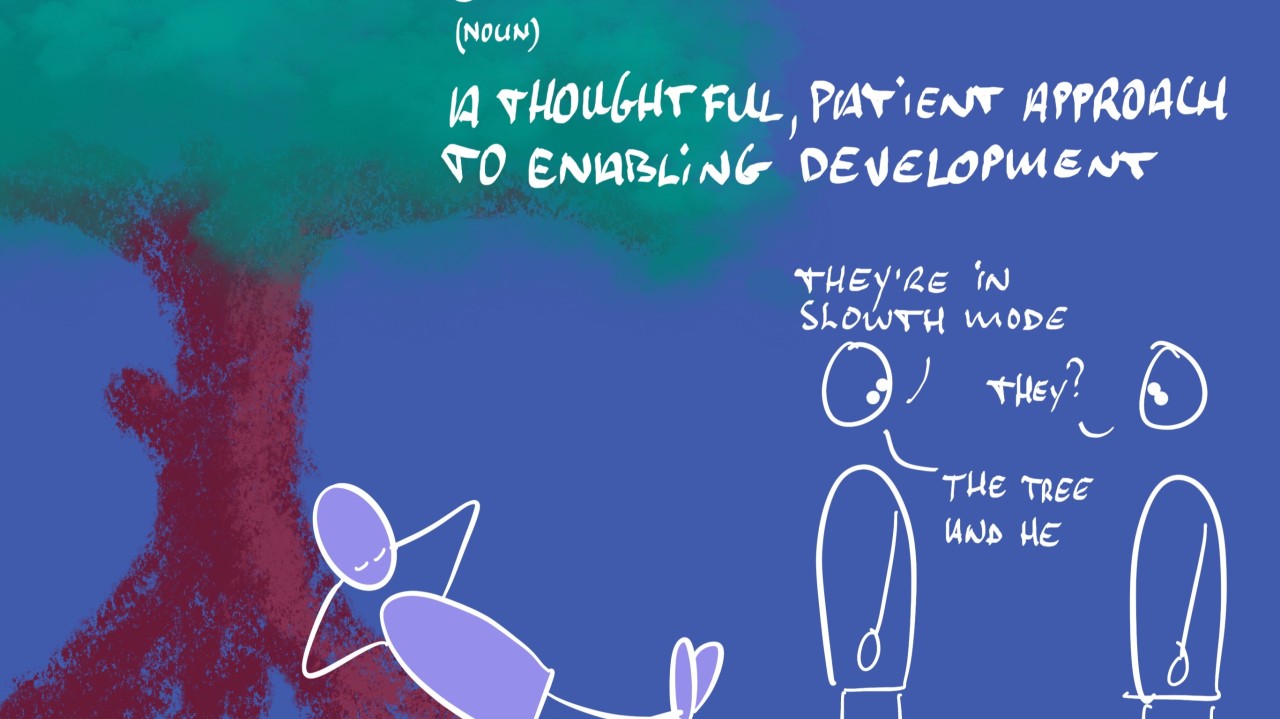
In this short essay, Martin Stellar proposes a radical pace adjustment: what if we measured success not by acceleration but by how deliberately slow we can afford to be?
Why care: in a world where every app shouts “move faster,” slowth offers the unglamorous superpower of resisting the rush, reclaiming time, and deciding what actually matters.
Am I An Empath? Revisiting Boundaries
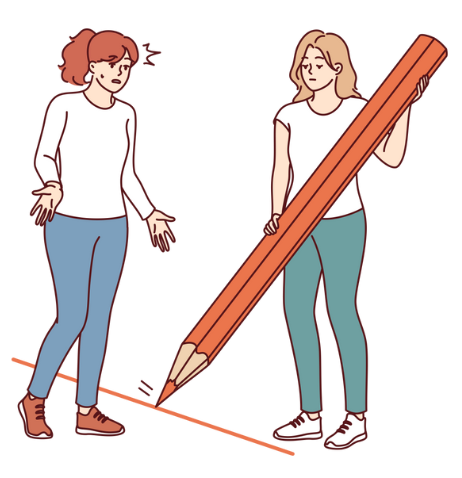
On Medium, Rahim Thawer reflects on the necessity of boundaries in both personal and professional life, especially for those who tend to give more than they receive.
Why care: because whether you’re coding, consulting, or caretaking, drawing lines is less about keeping people out and more about keeping yourself intact.
Your data is not shared. Unsubscribe with 1 click.





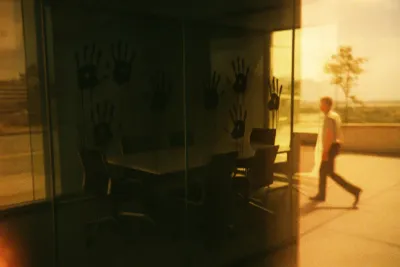
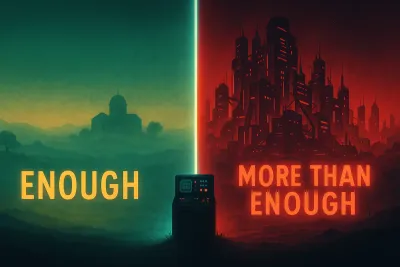
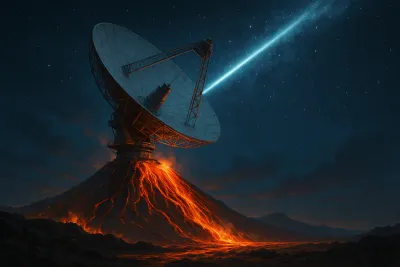
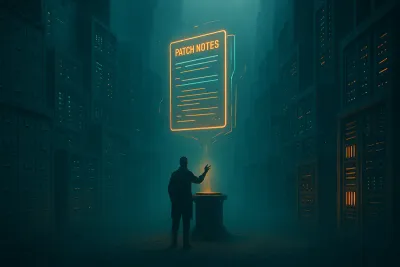

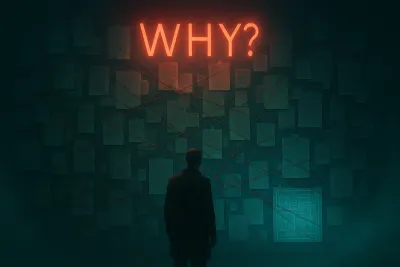
Member discussion